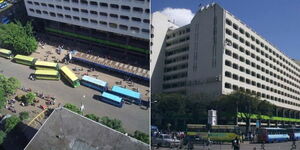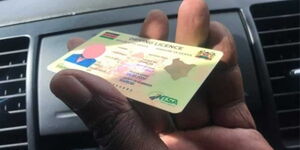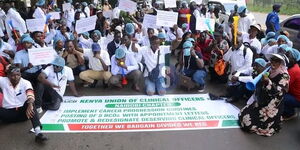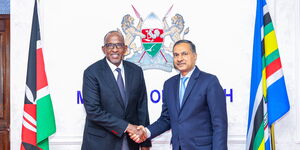The National Safety and Transport Authority (NTSA) disclosed intervention measures put in place to protect motorists after the number of fatalities soared high in 2022.
According to NTSA, deaths recorded between January and December 13, 2022, increased to 4432 from 4271 in the same period in 2021.
Some measures outlined by NTSA included road safety awareness and education that will involve sensitisation of drivers and passengers and mainstreaming road safety in the National school curriculum.
NTSA will also implement certain measures in the national boda boda action plan 2020-2024.
This will include the registration of boda boda riders in the management system, support of the establishment of boda boda SACCOs, enhanced traffic law enforcement in the sector, and community engagement to support public education and awareness through self-help groups, religious groups, and nyumba kumi frameworks.
Other measures included road safety management and coordination and involving stakeholders in the partnership to bring sanity to the road.
Additionally, NTSA will introduce road safety mainstreaming in Ministries Departments and Agencies (MDAS) while liaising with the National Police Service (NPS) to conduct enforcement campaigns.
Furthermore, it will implement the driving school rules to improve driver and rider training and testing.
Speed monitoring and compliance with the PSV sector were also prioritised to ensure enhanced motor vehicle inspection to improve the roadworthiness of vehicles in the Kenyan road network.
Conclusively NTSA will collaborate with road agencies in hazardous zone identification and treatment.
In the report released on Tuesday, December 20, the authority noted that most of the accidents recorded in 2022 occurred between 5 pm and 9 pm.
The carnages were largely attributed to reduced enforcement, high volumes of traffic and pedestrians, driver fatigue, drunk driving, and pedestrian crossing at non-designated or unsafe areas.
Pedestrians contributed to the largest fatalities recorded between January and Tuesday, December 13. Motorcyclists followed then passengers, drivers, and pedal cyclists.
"Fatality rates are higher in highly urbanised counties. This is largely attributed to the improvement of infrastructure and increase in population which has increased interaction between vulnerable road users such as pedestrians, motorcyclists, and vehicles on the road," NTSA observed.
Additionally, according to the data, motorcycles and private vehicles contributed to the most fatalities in the period under review.
"A total of 117 road users were fatally injured between Dember 5 and Dember 13 2022," read part of the statement.
On Tuesday, December 20, the Transport CS, Kipchumba Murkomen and his Interior counterpart, Kithure Kindiki, announced a crackdown on rogue matatu drivers. Police and NTSA were urged to coordinate in curbing road carnages during the festivities.












